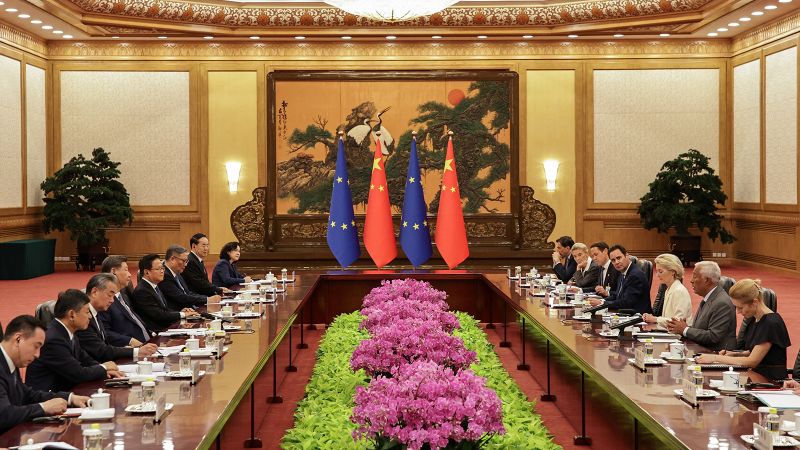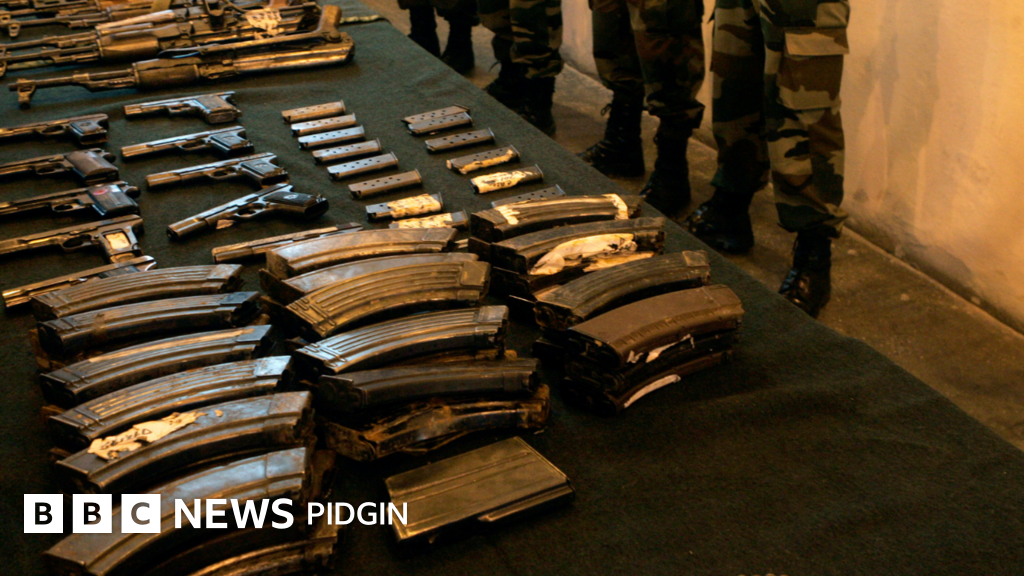Thai-Cambodian Border Clashes: A Century-Old Dispute Explodes Again

Recent deadly clashes along the Thai-Cambodian border have brought renewed attention to a simmering, century-old territorial dispute. While largely overshadowed by other global conflicts, this border region has a history of recurring violence, impacting local communities and straining relations between the two Southeast Asian nations. But why is this particular border so contentious?
A Complex History of Claims
The roots of the dispute lie in the aftermath of the Franco-Thai War in 1941. Cambodia, then a French protectorate, ceded territory to Thailand, including the Preah Vihear temple. However, Cambodia later contested this transfer, arguing that the 1907 border demarcation treaty wasn't fully implemented. The International Court of Justice (ICJ) ruled in 1969 that Cambodia had sovereignty over the temple, further complicating the situation.
The temple itself, a stunning Khmer temple perched atop a cliff overlooking the plains, is a major factor. It holds significant religious and cultural importance for Cambodians, and its location within the disputed zone fuels nationalist sentiment on both sides. Thailand, while recognizing the ICJ ruling, maintains that the temple's location isn't the core of the dispute, focusing instead on the surrounding land and the need for a clear demarcation of the border.
Recurring Violence and Military Presence
The area is heavily militarized, with troops from both countries stationed along the border. Sporadic clashes, often triggered by misunderstandings or patrols venturing into disputed areas, have been a recurring problem for decades. The latest outbreak of violence, involving artillery and rocket fire, has resulted in casualties and forced the evacuation of civilians. This instability disrupts economic activity and hinders development in the region.
The Role of Nationalism and Domestic Politics
Nationalism plays a crucial role in shaping public opinion and influencing government policy on both sides. Politicians often use the border dispute to rally support and demonstrate strength. Domestic political considerations can exacerbate tensions and make it difficult to find a diplomatic solution.
Efforts Towards Resolution
Despite the recurring violence, both Thailand and Cambodia have expressed a desire for a peaceful resolution. They have engaged in bilateral talks and have sought mediation from ASEAN (Association of Southeast Asian Nations). However, progress has been slow, hampered by differing interpretations of the treaties and the complexities of demarcating the border in a region characterized by dense jungle and challenging terrain.
The recent clashes underscore the urgent need for renewed efforts to resolve this long-standing dispute. A comprehensive solution must address the underlying historical grievances, clarify the border demarcation, and establish mechanisms for preventing future conflicts. Ultimately, a stable and peaceful border is essential for fostering economic cooperation and regional stability in Southeast Asia.
Looking Ahead
The situation remains fragile. Continued dialogue, coupled with confidence-building measures and a commitment to peaceful resolution, are crucial to preventing further bloodshed and ensuring a prosperous future for the communities living along the Thai-Cambodian border. The international community, particularly ASEAN, can play a vital role in facilitating these efforts.






